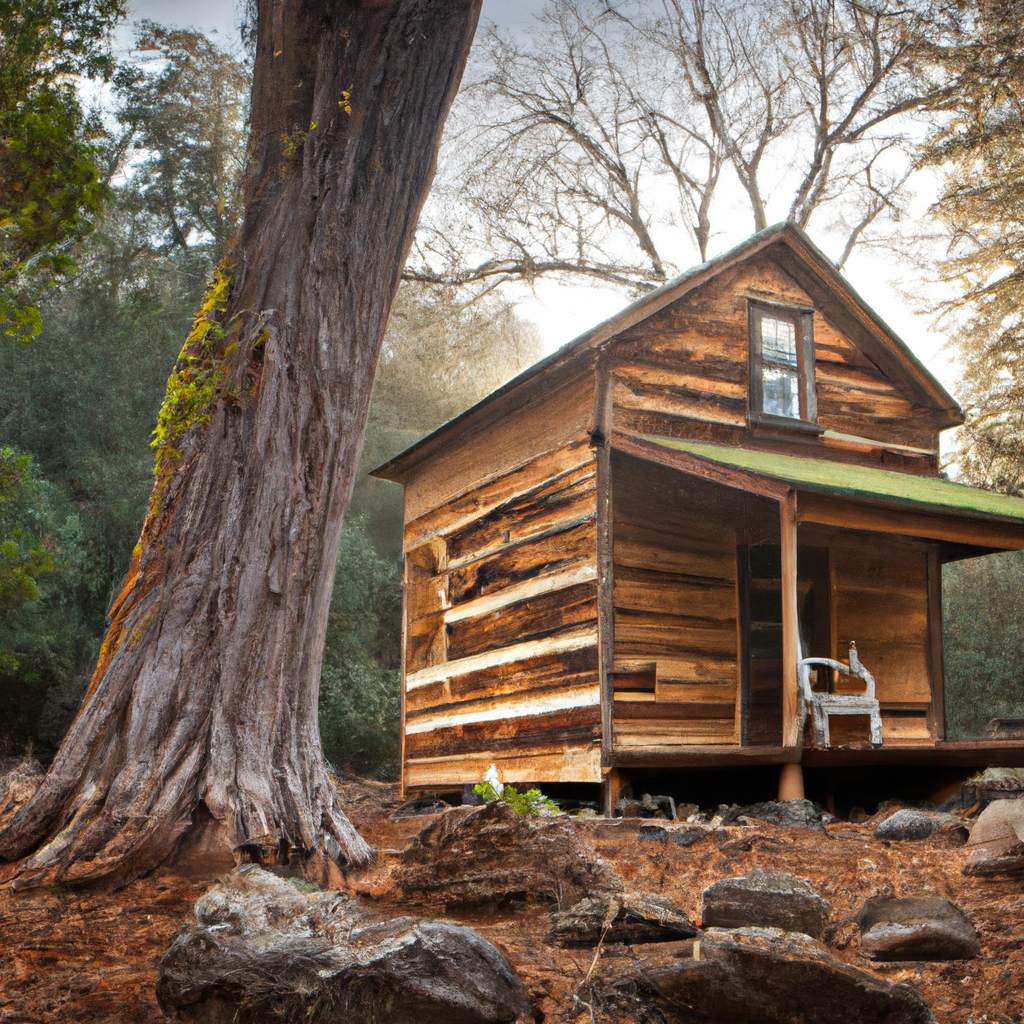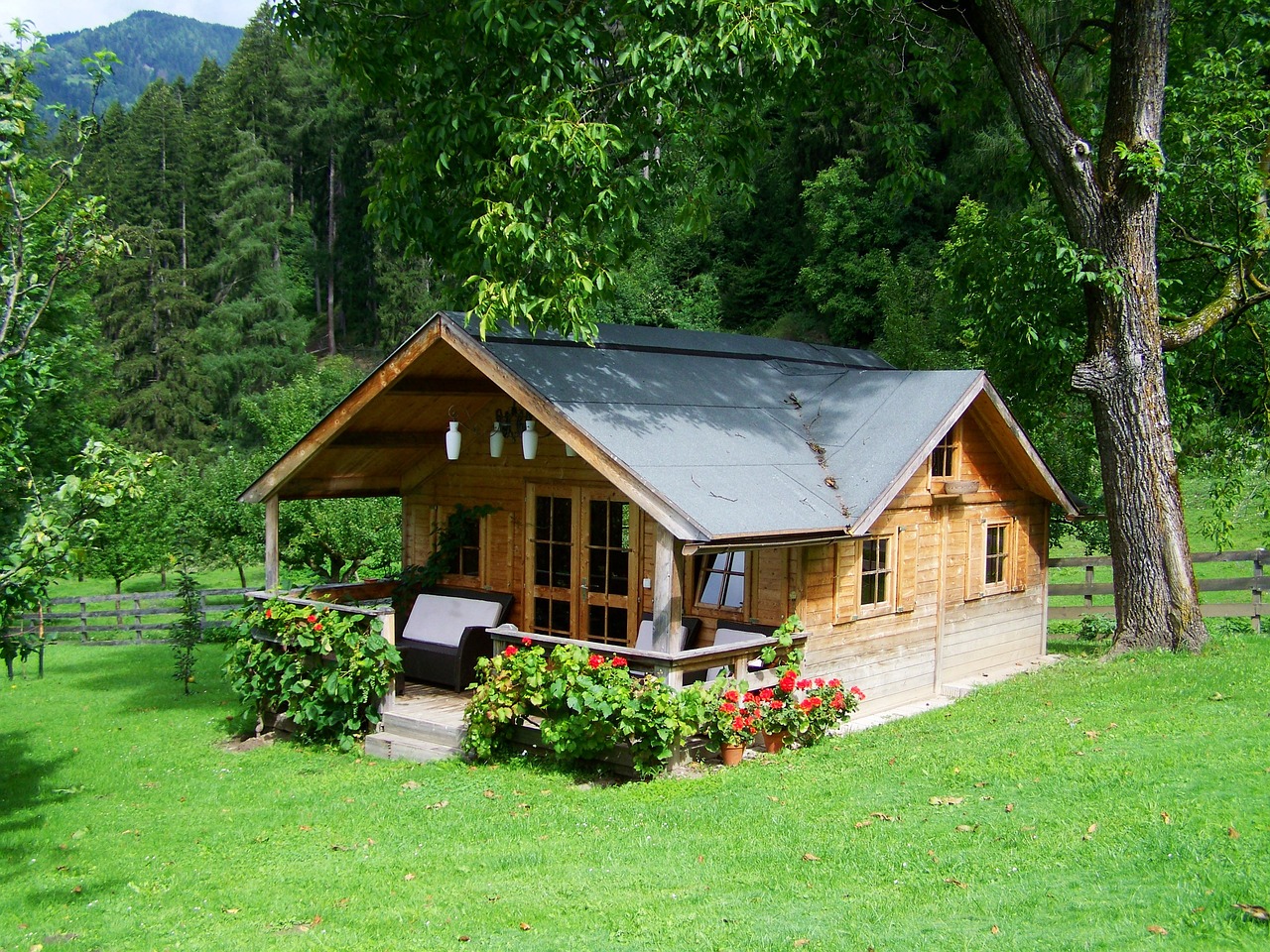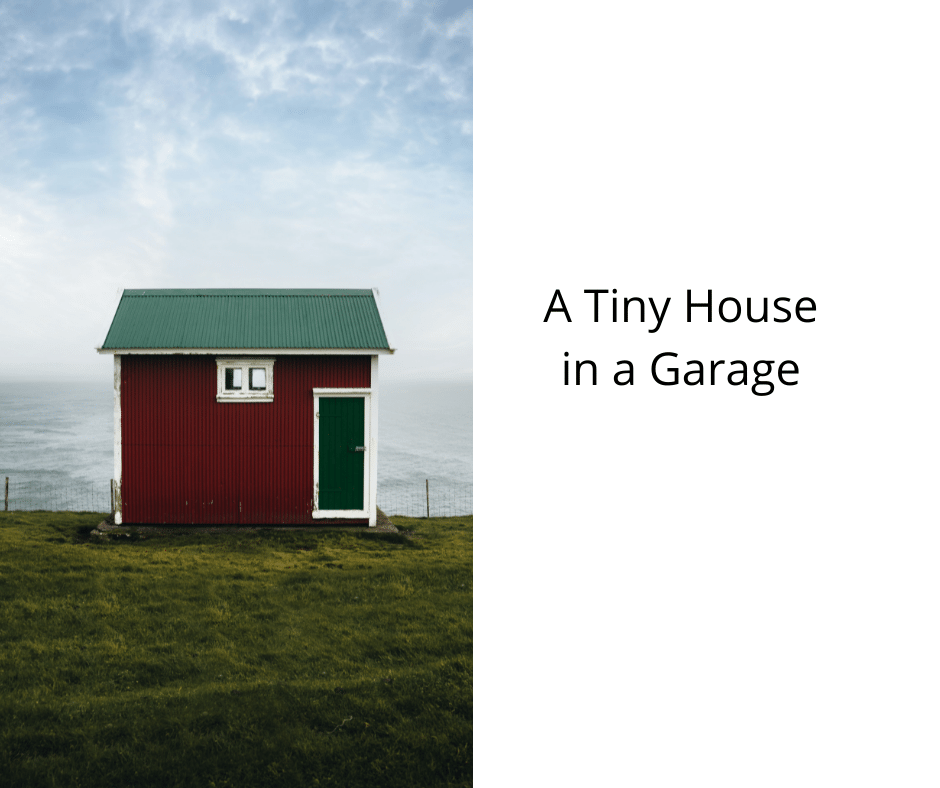Road-Tripping In Your Mobile Tiny Home: The Ultimate Travel Solution
Are you tired of the same old traditional vacations? Do you crave the freedom to explore new places on your own terms? For many people, the answer to these questions lies in tiny mobile homes – compact, versatile dwellings that make it easy to move from one place to another.
While some may be hesitant to embrace this lifestyle, concerned about safety, maintenance, and environmental impact, the benefits of road-tripping in a mobile tiny home are numerous and can make for an unforgettable travel experience.
One of the main advantages of mobile tiny homes is their ability to provide a dynamic and spontaneous way of life on the road. Whether you prefer the comfort of a recreational vehicle (RV) or the charm of a converted school bus, these homes on wheels offer a sense of freedom and flexibility that is hard to find in more traditional travel options.
With fewer expenses and more parking options than larger vehicles, mobile tiny homes allow you to explore new places on a whim and create unforgettable memories along the way.
In this article, we will explore the various types of mobile tiny homes, as well as tips for maintenance, safety, and eco-friendly travel, to help you prepare for the ultimate road-tripping adventure.
Key Takeaways
- Mobile tiny homes offer a dynamic and spontaneous lifestyle with fewer expenses and more options for parking.
- Regular maintenance routines, both for the vehicle and the living area, are necessary for continued comfort and safety.
- Prioritizing safety on the road by committing to regular maintenance and thorough cleaning routines is crucial.
- Eco-friendly actions, such as choosing efficient driving routes, using water recycling systems and solar panels, and disposing of waste responsibly, can reduce harm to the environment and communities.
Types of Mobile Tiny Homes
Various types of mobile tiny homes, such as RVs, vans, and school buses, are popular among those seeking a dynamic and cost-effective lifestyle on the road, with each offering unique advantages for road-tripping.
RVs, or recreational vehicles, are already designed to be tiny homes on wheels and offer convenience, simplicity, and agility for a global road-tripping lifestyle. They come in different sizes and styles, making them suitable for different needs and preferences. RVs are also equipped with various amenities, such as kitchens, bathrooms, and sleeping areas, making them an ideal option for those who desire a comfortable and functional living space.
Vans, on the other hand, are a rising trend for people eschewing high rents and hitting the road. They can be customized to your living needs and are generally cheaper compared to RVs. Vans offer a more minimalistic lifestyle, but still have the necessary amenities for comfortable living. They are also more compact and easier to maneuver, making them suitable for those who prefer a more flexible and spontaneous lifestyle.
School buses have also become a popular choice in the mobile tiny home community, offering a significant creative canvas for renovations. Customization options for school buses are endless, making them an ideal option for those who have a specific vision for their mobile home. Cost comparison is also a significant factor, with school buses being a more affordable option compared to RVs.
Maintenance and Safety
Thorough maintenance procedures are essential for ensuring the functionality and safety of a mobile tiny home, as neglecting this responsibility could lead to a variety of issues that compromise the overall livability of the space. Regular maintenance routines are necessary for both the vehicle and living areas, as dirt and dust can lead to illnesses, attract pests, or exacerbate allergies. Prioritizing safety on the road by committing to regular maintenance is necessary, as thorough vehicle maintenance and preparation before long journeys can prevent breakdowns and accidents.
To maintain a functional and safe mobile tiny home, thorough cleaning routines are necessary. In addition to regular vehicle maintenance, negative habits such as wasting gas needlessly should be avoided, and routes should be planned and driven to maximize efficiency, reducing fuel consumption and emissions. Eco-friendly renovations, such as water recycling systems and solar panels, can also reduce harm to the environment.
Mobile tiny homeowners should take their duty to reduce harm seriously by disposing of recyclable and waste materials responsibly, buying goods from local businesses rather than chains, and doing research on preferred mobile tiny home parking behavior for intended destinations.
Eco-Friendly Travel Tips
Implementing eco-friendly practices is crucial for reducing harm to the environment while traveling in a mobile tiny home. Sustainable practices can include reducing waste, conserving energy, and minimizing carbon emissions. One way to reduce waste is by using reusable containers for food, water, and toiletries. This can significantly decrease the amount of plastic waste generated during the trip. Additionally, conserving energy can be achieved by using LED lights and turning off appliances when not in use. Installing solar panels can also be a sustainable solution for powering appliances and reducing reliance on non-renewable sources.
Another way to practice eco-friendly travel is by supporting local tourism. Buying goods from local businesses rather than chains can help support the local economy and reduce carbon emissions associated with transportation. Additionally, visiting local parks and beaches can help promote conservation efforts and protect natural resources. It is also important to dispose of waste responsibly by recycling and properly disposing of hazardous materials. By prioritizing sustainable practices and supporting local tourism, road-tripping in a mobile tiny home can be an enriching and responsible experience for both the traveler and the environment.
| Sustainable Practices | Local Tourism | ||
|---|---|---|---|
| Use reusable containers | Buy goods from local businesses | ||
| Install solar panels | Visit local parks and beaches | ||
| Use LED lights | Promote conservation efforts | ||
| Properly dispose of waste | Reduce carbon emissions associated with transportation | Plant trees and support reforestation efforts |
Frequently Asked Questions
How do you deal with parking restrictions and regulations when traveling in a mobile tiny home?
Finding safe overnight spots and creative solutions for parking restrictions are important considerations for those traveling in a mobile tiny home.
Many cities and towns have regulations against parking overnight in public spaces, which can limit options for parking.
However, there are several creative solutions that can be utilized, such as finding private property to park on with the owner’s permission, staying in designated RV parks or campgrounds, or utilizing apps and websites that provide information on free or low-cost overnight parking options.
It is also important to prioritize safety when parking, by choosing well-lit areas and avoiding areas with high crime rates.
Ultimately, with careful planning and research, it is possible to find safe and comfortable overnight parking options while traveling in a mobile tiny home.
What are some common challenges faced by mobile tiny homeowners while on the road?
Mobile tiny homeowners face several common challenges while on the road. Budgeting expenses is a crucial concern as the cost of fuel, maintenance, and parking fees can add up quickly.
Safety precautions also need to be taken seriously, with regular vehicle maintenance and thorough cleaning routines being essential for continued comfort and safety.
Furthermore, choosing the right type of vehicle and planning efficient routes can help reduce fuel consumption and emissions.
Mobile tiny homeowners also need to be mindful of their impact on the environment and local communities, disposing of waste responsibly and supporting local businesses whenever possible.
Overall, with careful planning and responsible actions, road-tripping in a mobile tiny home can offer enriching experiences and a dynamic lifestyle.
How do you ensure adequate storage space and organization in a mobile tiny home?
Maximizing storage and creative organization techniques are essential for any mobile tiny home. With limited living space, it is crucial to efficiently utilize every available inch. One strategy is to utilize multi-functional furniture, such as a bed with built-in storage or a table that folds into a wall.
Additionally, utilizing vertical space with shelves, hooks, and hanging storage can help maximize storage. It is also important to regularly declutter and only keep necessary items. Creative organization techniques, such as using baskets, dividers, and labeling systems, can help keep items organized and easily accessible.
Planning storage based on frequency of use can also improve efficiency. By implementing these strategies, mobile tiny homeowners can create a functional and organized living space.
What are some necessary skills or knowledge needed to maintain and repair a mobile tiny home?
Mobile tiny home maintenance and repairing on the road require a range of skills and knowledge to ensure that your mobile tiny home is functional and safe.
First and foremost, regular vehicle maintenance is crucial to ensure that the mobile tiny home is in good working order. This includes checking the engine, brakes, and tires, and ensuring that all fluids are at the correct levels.
In addition, regular cleaning and upkeep of the living space is necessary to ensure continued comfort and safety. This includes cleaning surfaces, floors, and furnishings to prevent dirt and dust buildup, which can lead to illnesses and attract pests.
Additionally, it is important to have a basic understanding of plumbing and electrical systems, as these are essential components of a mobile tiny home.
Finally, it is important to have a toolkit and spare parts on hand in case of emergency repairs. Being prepared and knowledgeable about mobile tiny home maintenance and repair can help ensure a safe and enjoyable road-tripping experience.
How do you balance the desire for a minimalist lifestyle with the need for comfort and convenience while traveling in a mobile tiny home?
Balancing minimalism and comfort while traveling in a mobile tiny home is a crucial consideration for sustainability.
Minimalism in a mobile tiny home often means living with less and simplifying one’s life, which can lead to a lower carbon footprint and a more sustainable lifestyle.
However, the desire for comfort and convenience can sometimes conflict with the minimalist lifestyle.
To achieve a balance, it is important to prioritize the essentials and invest in high-quality items that can withstand the rigors of travel.
Incorporating eco-friendly features, such as solar panels and water recycling systems, can also enhance the comfort and convenience of a mobile tiny home while reducing its impact on the environment.
Ultimately, finding a balance between minimalism and comfort is a personal choice that requires careful consideration of one’s values and lifestyle goals.
Conclusion
In conclusion, mobile tiny homes offer a unique and exciting way of traveling for those seeking adventure and a simpler way of life. With various types of homes on wheels available, it’s important to prioritize maintenance and safety to ensure a smooth journey. Additionally, practicing eco-friendly travel can reduce our carbon footprint and contribute to a more sustainable lifestyle.
As we continue to face challenges in our everyday lives, the idea of hitting the open road and exploring new destinations on a whim is becoming increasingly appealing. Mobile tiny homes provide the opportunity to do just that while providing convenience, simplicity, and agility. By embracing this trend, we can experience a dynamic and spontaneous lifestyle with fewer expenses and more options for parking.
Coincidentally, road-tripping in a mobile tiny home also offers the chance to reconnect with nature and reduce our impact on the environment. It’s a win-win situation that will not only create unforgettable memories but also contribute to a healthier planet.
So, why not consider mobile tiny homes as the ultimate travel solution for your next adventure?
Hi, I’m Emma. I’m the Editor in Chief of Tiny House 43, a blog all about tiny houses. While tree houses are often associated with childhood, they can be the perfect adult retreat. They offer a cozy space to relax and unwind, surrounded by nature. And since they’re typically built on stilts or raised platforms, they offer stunning views that traditional homes simply can’t match. If you’re looking for a unique and romantic getaway, a tree house tiny house might just be the perfect option.










